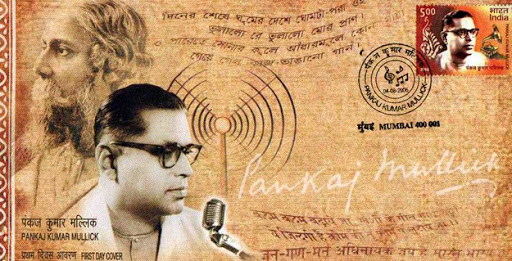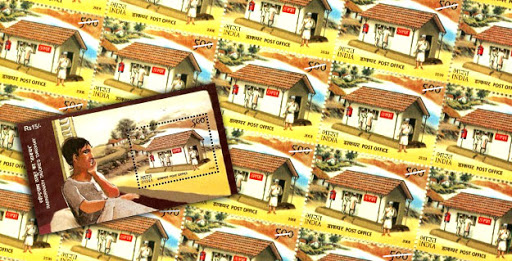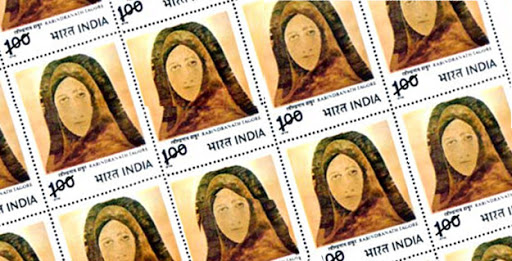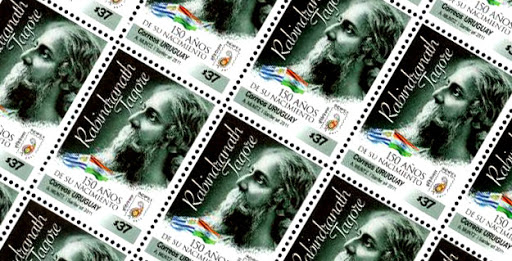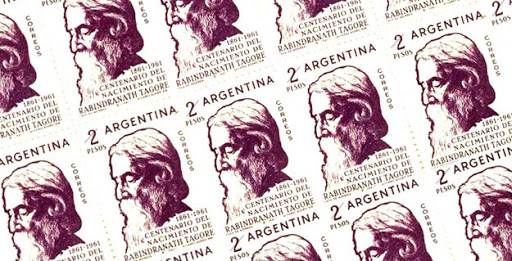| |
| Romania Post Released A Stamp On International Year Of Chemistry With Romanian Contribution Of Tellurium and Man Behind the discovery Franz-Joseph Müller von Reichenstein | ||||||||||||
|
| ||||||||||||
| The Stamp On International Year Of Chemistry depicts the contribution of Romania to the world of chemical elements “Tellurium”. The design of the stamp is centered around this discovery . The stamp depicts the portrait of F J Muller the man who discovered the “Tellurium” on the top left . On the top right is the portion of periodic table showing the Atomic mass and Atomic Number of Tellurium. In the bottom left is the shell model of the element Tellurium . | ||||||||||||
| F J Müller [ Depicted Top Right On The Romania Stamp ] was born in Austria-Hungary, his date of birth is precisely not known.F J Muller studied philosophy and law in Vienna. On completion of his studies Muller started further studies at the Bergakademie (Mining Academy) in Schemnitz, Lower Hungary in 1763. F J Muller studied mining , mechanics, mineralogy and chemistry and on graduation became an official mine surveyor in 1768 . In 1770 he joined the royal commission for mining in the Banat were he gained knowledge on mining in the Banat . Muller was promoted to the rank of a senior mining official and became a mine manager in the same year. While studying studying gold taken from a mine in the Börzsöny Mountains of Hungary F J Muller discovered the Tellerium. F J Muller received the gold from a colleague who thought that it contained an impurity. The colleague was unable to identify the impurity thought it might be "unripe gold." F J Muller suspected that the impurity was not "unripe gold," may be a new element. F J Muller sent a sample of the new element to German chemist Martin Heinrich Klaproth. Klaproth confirmed Müller's discovery and thus element with atomic number 52 was born. | ||||||||||||
| Tellurium is a Silvery white metal-looking non-metal that is usually obtained as a dark grey powder . Tellurium is unaffected by water and Hydrochloric Acid , but burns in air or oxygen and dissolves in Nitric Acid .Tellurium is extracted as a by-product in copper and lead refining . Tellurium is widely used to improve the machining quality of metal products and in coloring glass and ceramics. Tellurium also finds usage in thermoelectric devices, vulcanization of rubber, percussion caps, battery plate protectors and electrical resistors . Tellurium alloy is used in rewritable compact disks. | ||||||||||||
| | ||||||||||||
| | ||||||||||||
| | ||||||||||||
| | ||||||||||||
| | ||||||||||||
|






